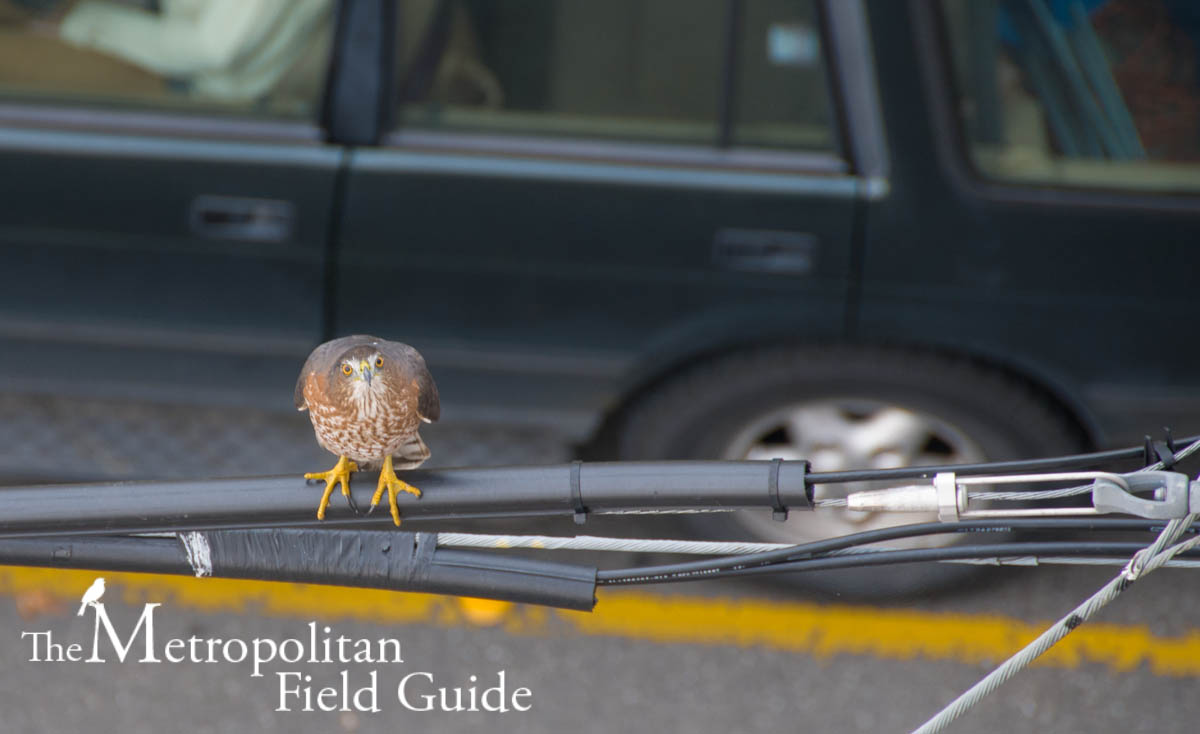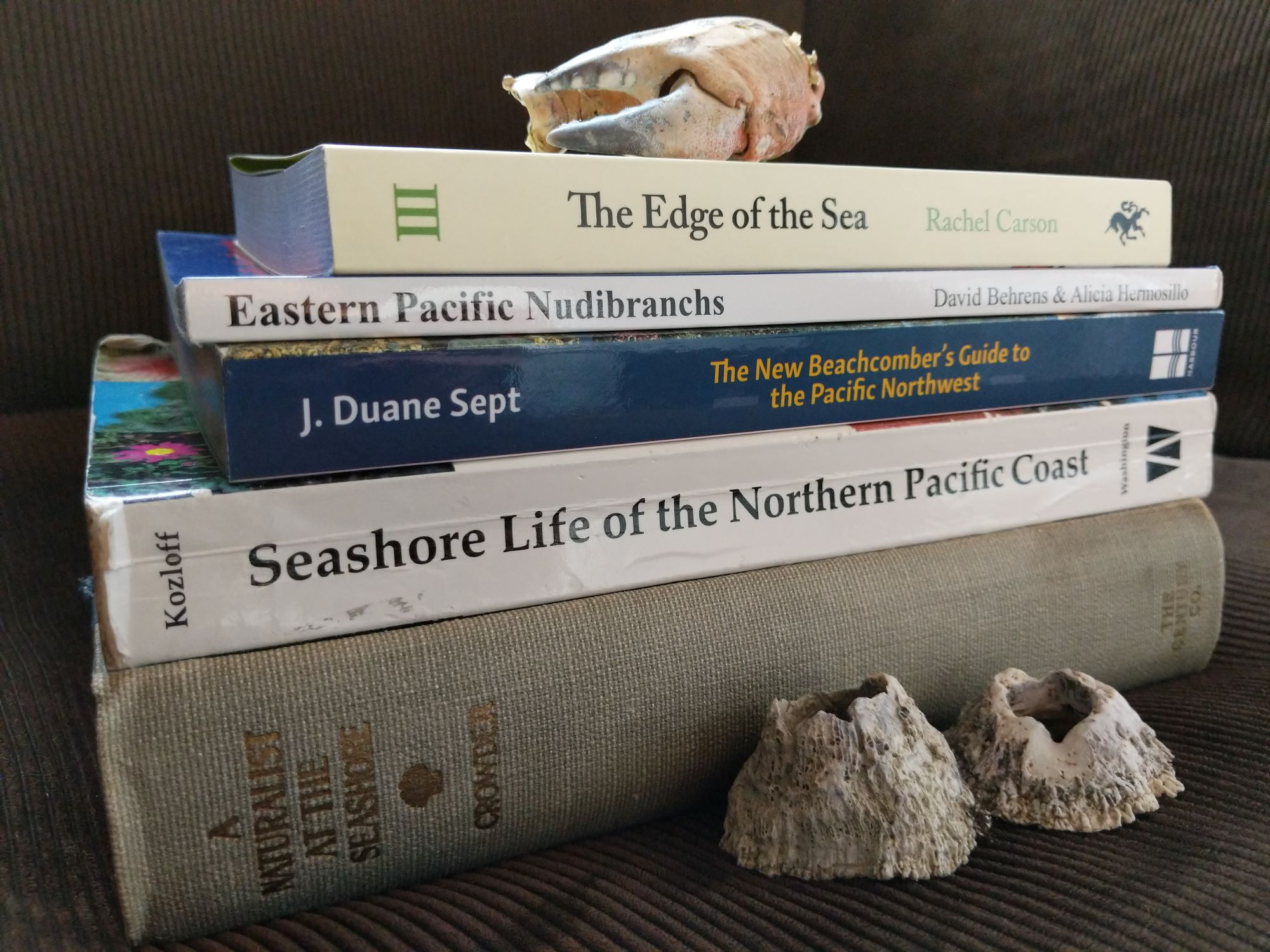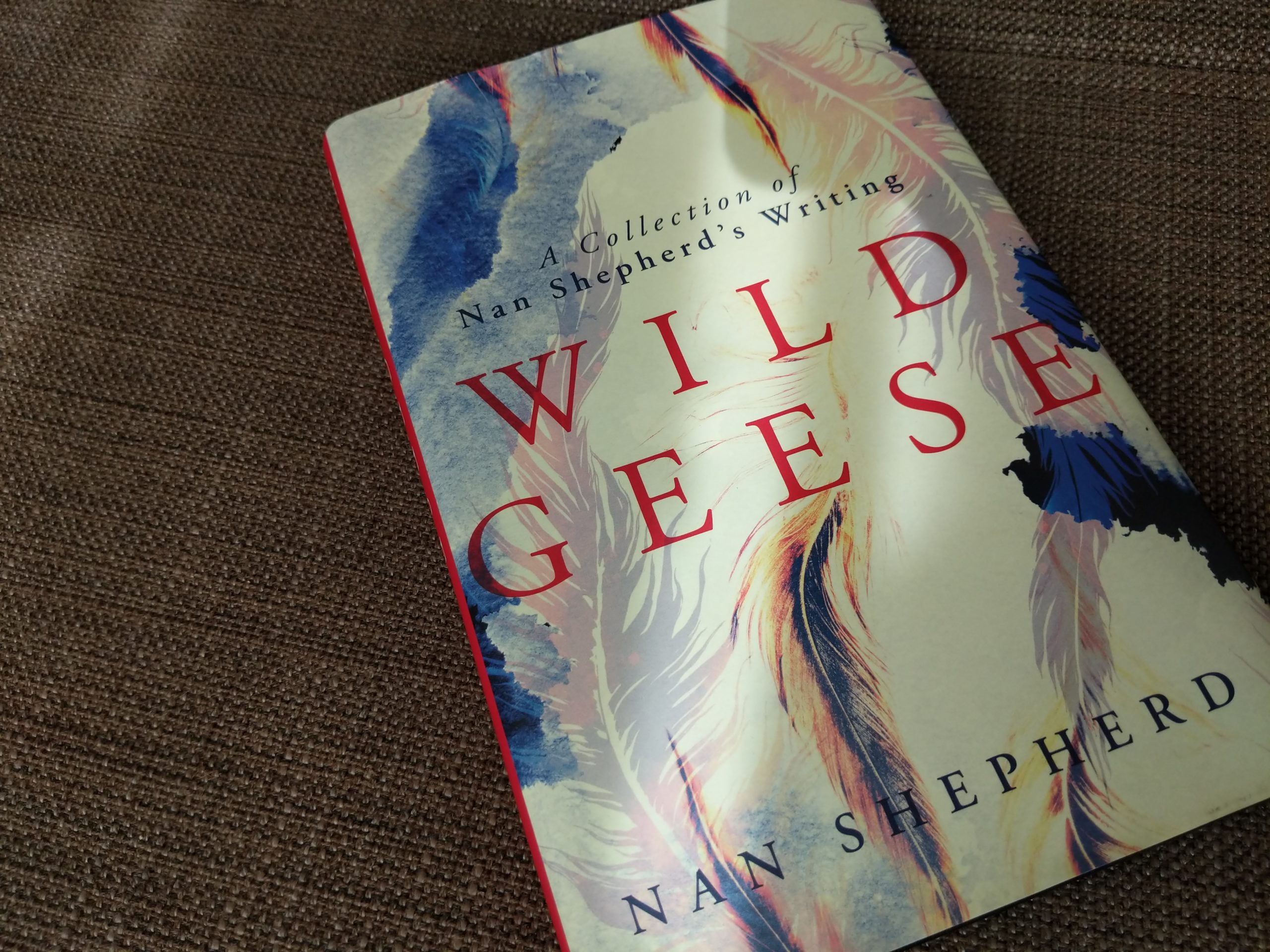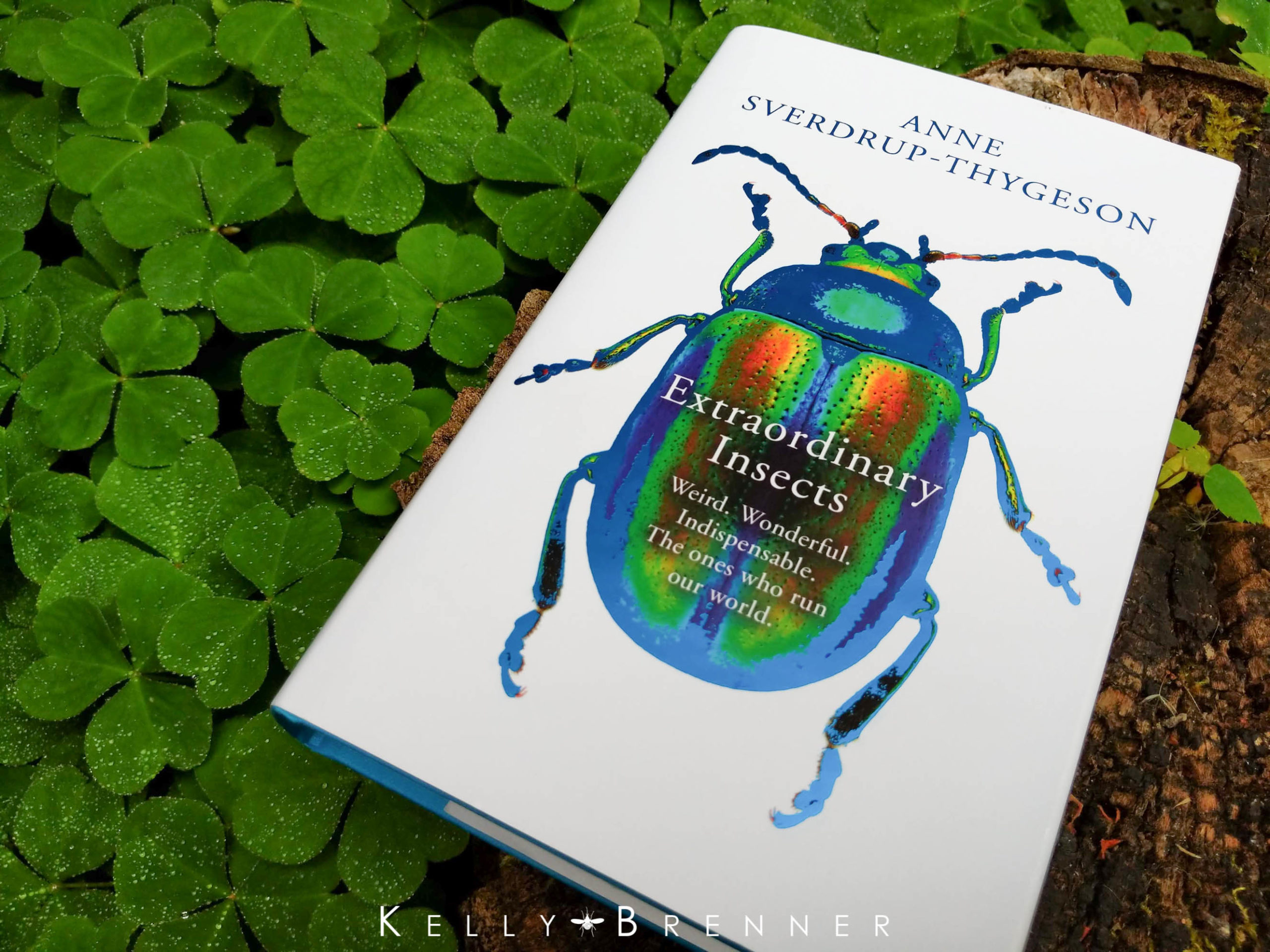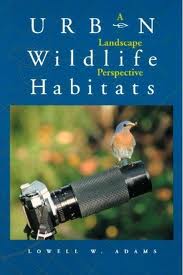
The book starts with a good overview of ecological processes including the energy pyramid, succession, communities, niches and then moves onto the metropolitan setting which delves into the altered landscape of man. This includes the altered hydrologic cycle, climate and noise. Chapter 4 talks in detail about soils and plant communities, both existing and ideal.
Chapter 5 discusses animal populations and communities and has sections about different types of animals including an extensive detail of birds, mammals, herptiles, fish and invertebrates. Included in the section on birds are descriptions of what birds currently habit urban areas and why they’re attracted and oppositely, what birds are not found in urban areas and why they’re not. The chapter then discusses what elements of the urban environment could be enhanced to bring in the birds not regularly found. Some of the existing elements are open water sources such as sewage lagoons, stormwater facilities, ponds, reservoirs and lakes. There is a great amount of information covered about birds and what draws them to different habitats, examples of specific species needs and what they prefer and other challenges such as disease and pesticides. The other animal types have similar information including population dynamics when natural predators have been removed and how to manage when they become pests.
Chapter 6 discusses habitat patterns and highlights the need for larger patches and corridors to connect different patches. Also in the chapter is a good talk about edges and how they’re used byvarious wildlife species when nesting, foraging or escaping nest predators.
Chapter 7 is about how to manage the landscape from a planning perspective by regulations, creating parks and preserves as well as how to manage predators including domestic cats. The challenges of backyard feeding and providing artificial nesting structures is also addressed without a clear answer.
How to manage the habitats once established is the topic of chapter 8. Also included are more areas to consider managing for habitat including business and industrial parks, schools, hospitals, churches, cemeteries, and roads and railways as corridor links. Management is a crucial key, but what aspects need to be addressed are discussed such as providing drinking water. There are also different types of management from hands-off to full management and something in between. The in between approach can include advancing succession or setting back succession, managing edges, water and human activity are all considered in this chapter.
The dealing with pests chapter contains information ranging from expelling animals and screening vents to trying to convince owners that some animals are actually beneficial such as moles. The bulk of the chapter is mostly preventative measures to discourage deer from grazing on plants, installing screens or setting up a scaring regime to discourage roosting. An interesting discussion is about the problem with live capturing and re-releasing. Part of the problem is cost, but the aspect to think more about is population dynamics and carrying capacity for the areas animals are released to.
The final chapter may have been better as the first chapter because it discusses the benefits of habitat and urban wildlife citing ideas such as E.O. Wilson’s “biophilia“. Other benefits include health recovery, sociological, scientific, educational and ecological.
There is a good list of resources in the index, however, as I mentioned, they’re all older and now there are so many more good resources in newer books and online. Overall this is an excellent book and a great overview to the idea of, challenges of and benefits of urban wildlife habitat. I wish there was a newer edition. The author was at the time, the vice president of the National Institute for Urban Wildlife. However I believe this organization no longer exists but my searching online hasn’t come up with much information. It’s a shame because an organization of this type would be hugely beneficial today.
This book is still available for purchase on Amazon, however there are many used copies out there considerably less expensive.

